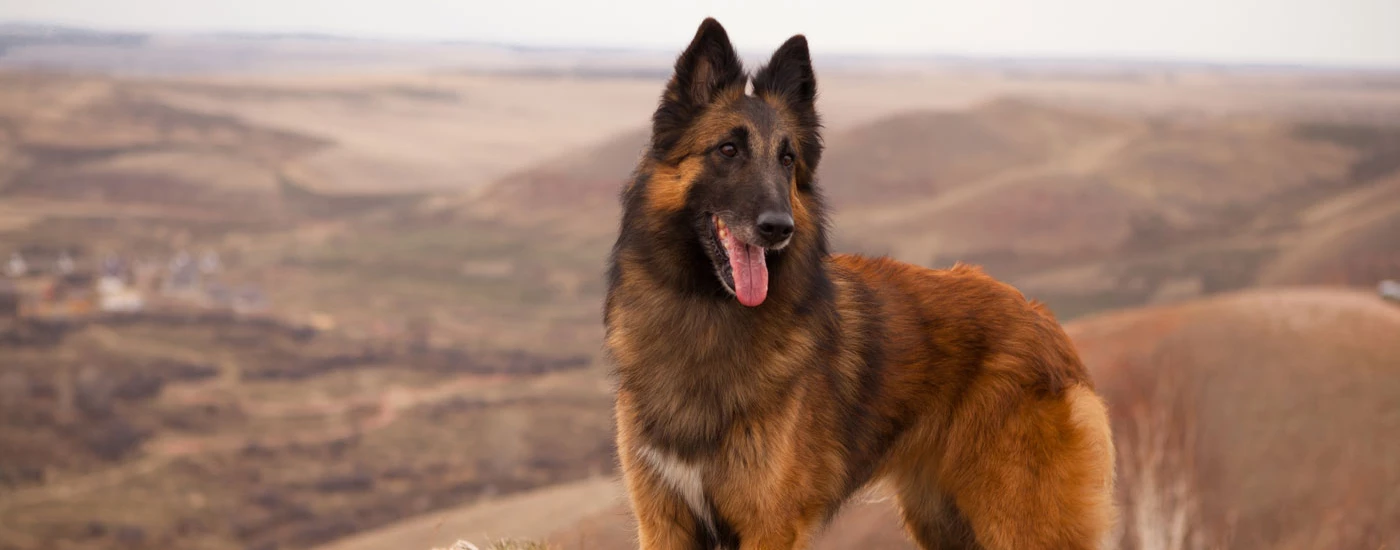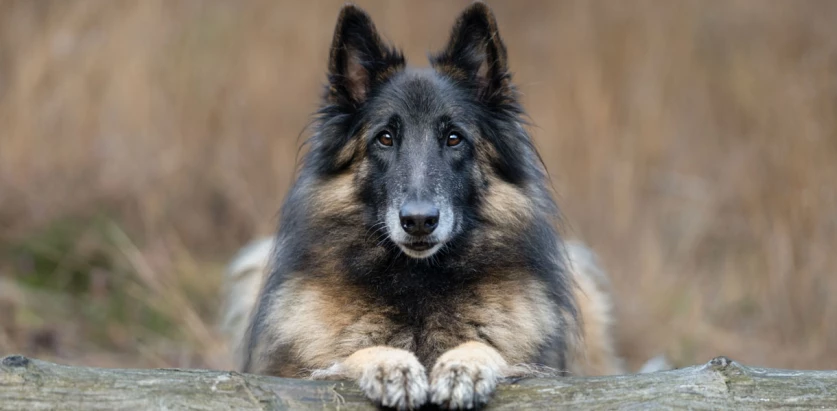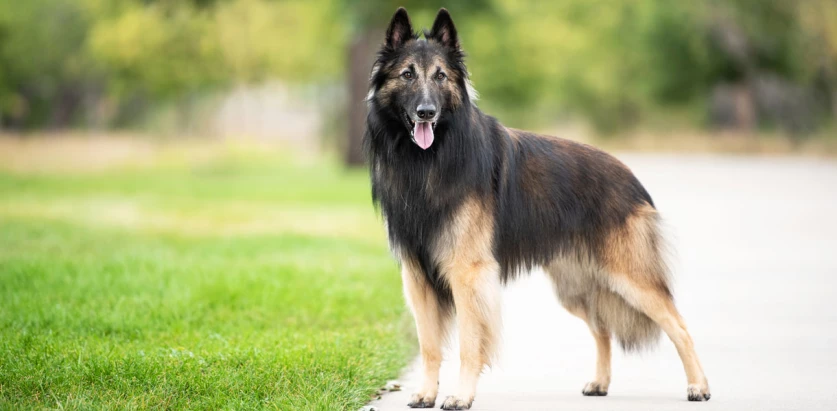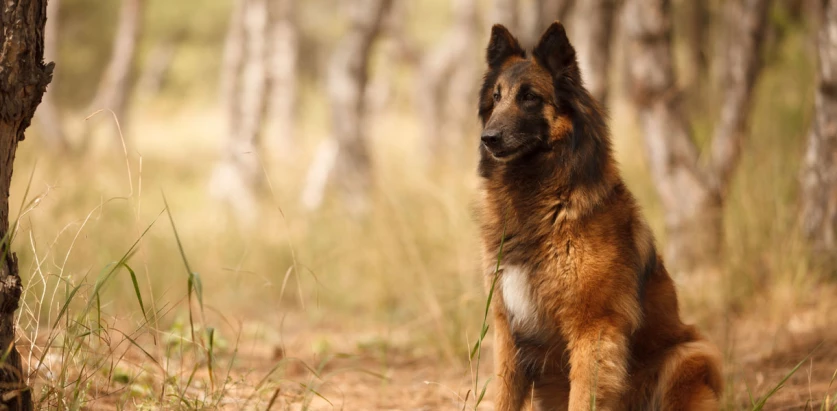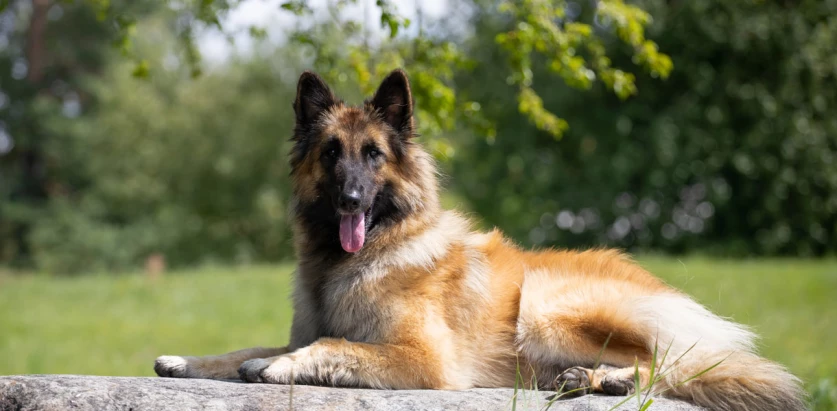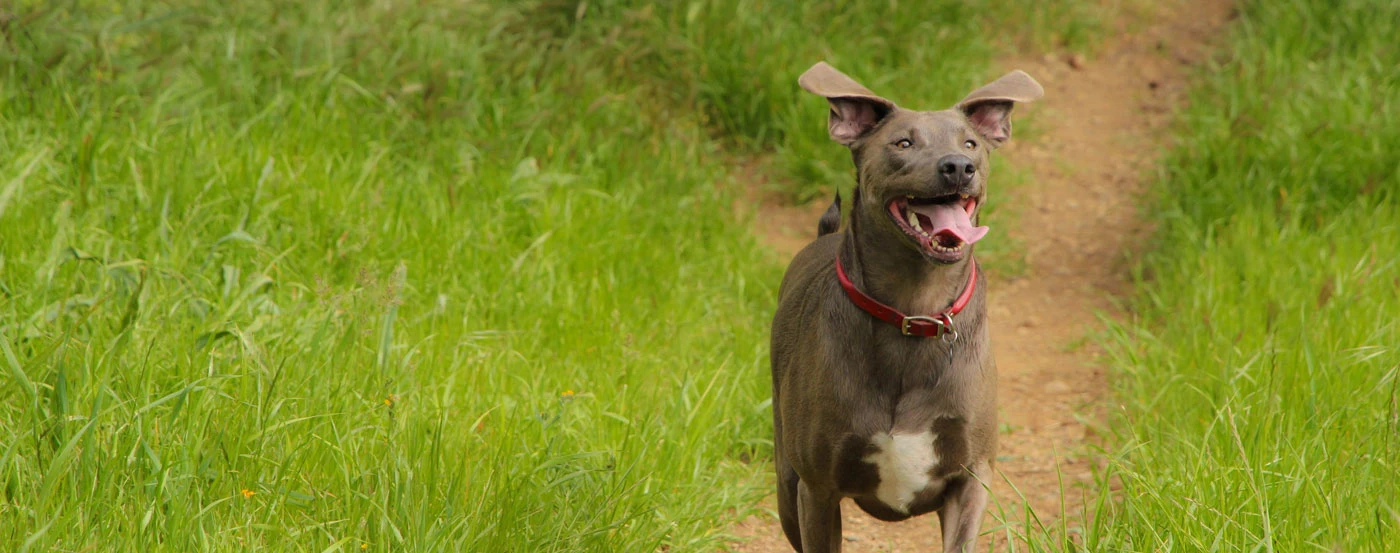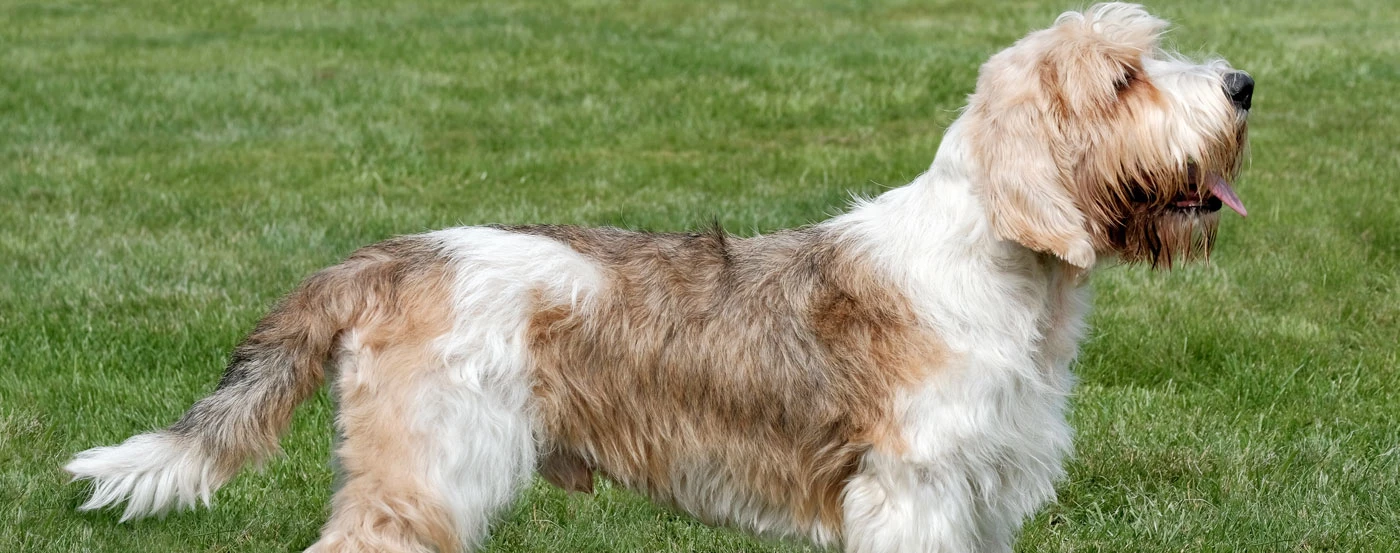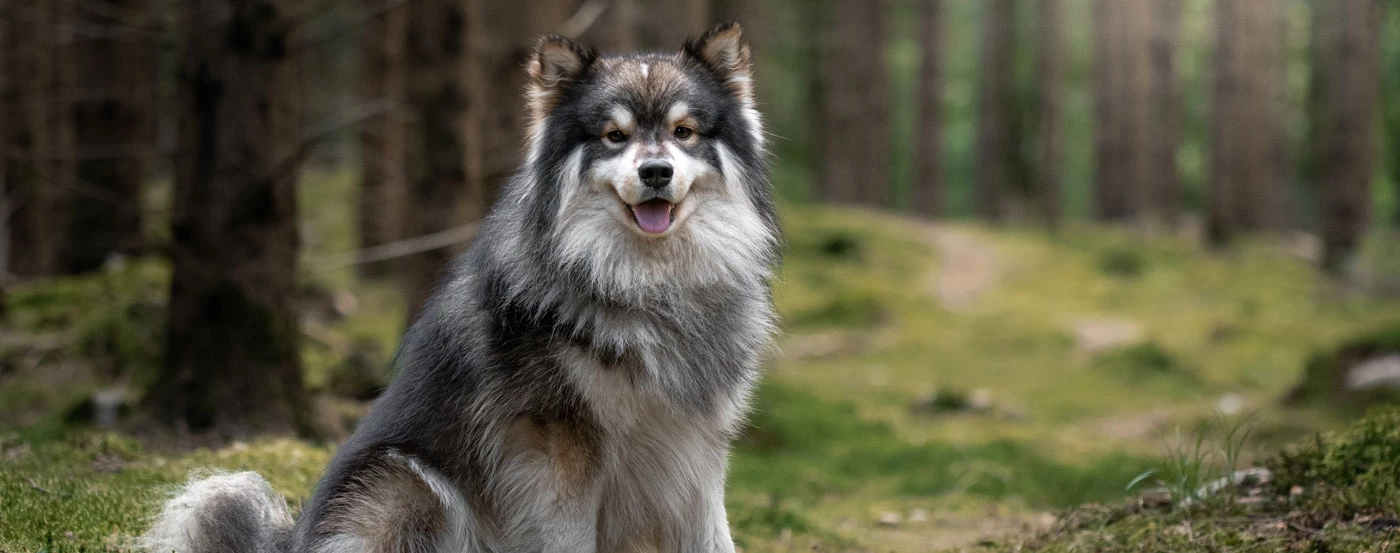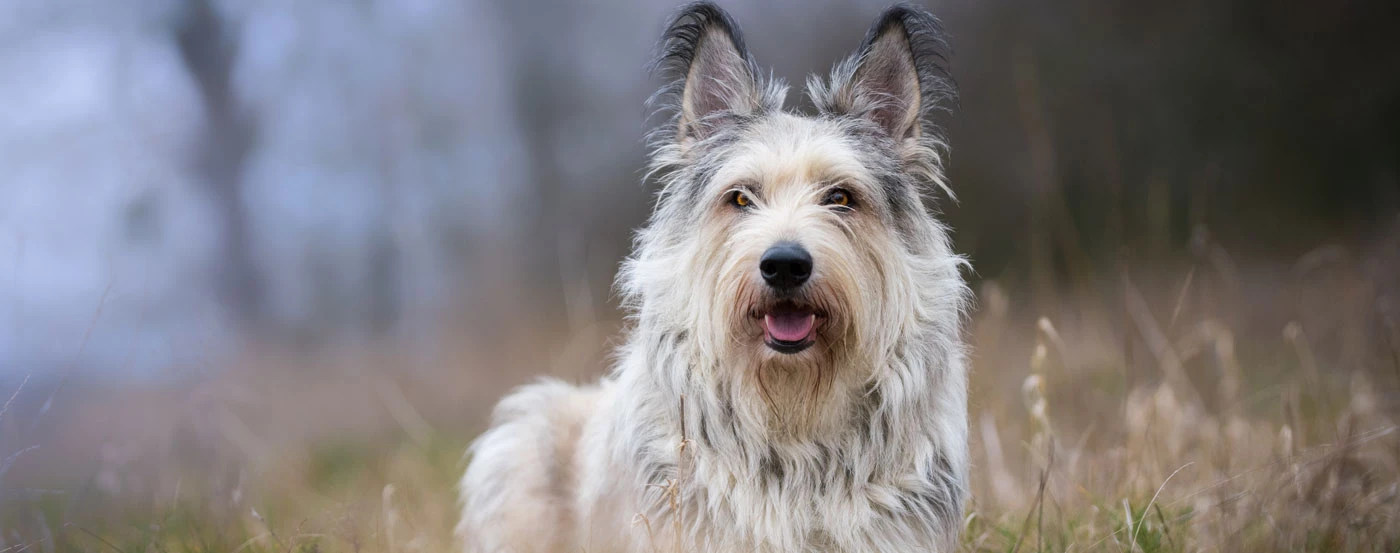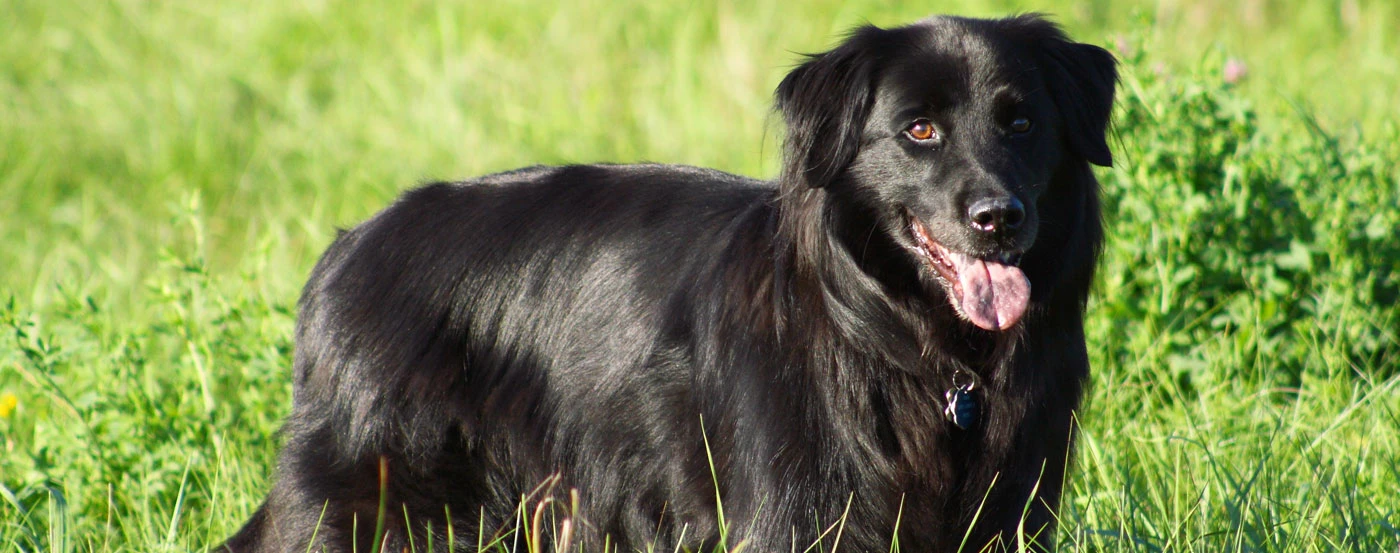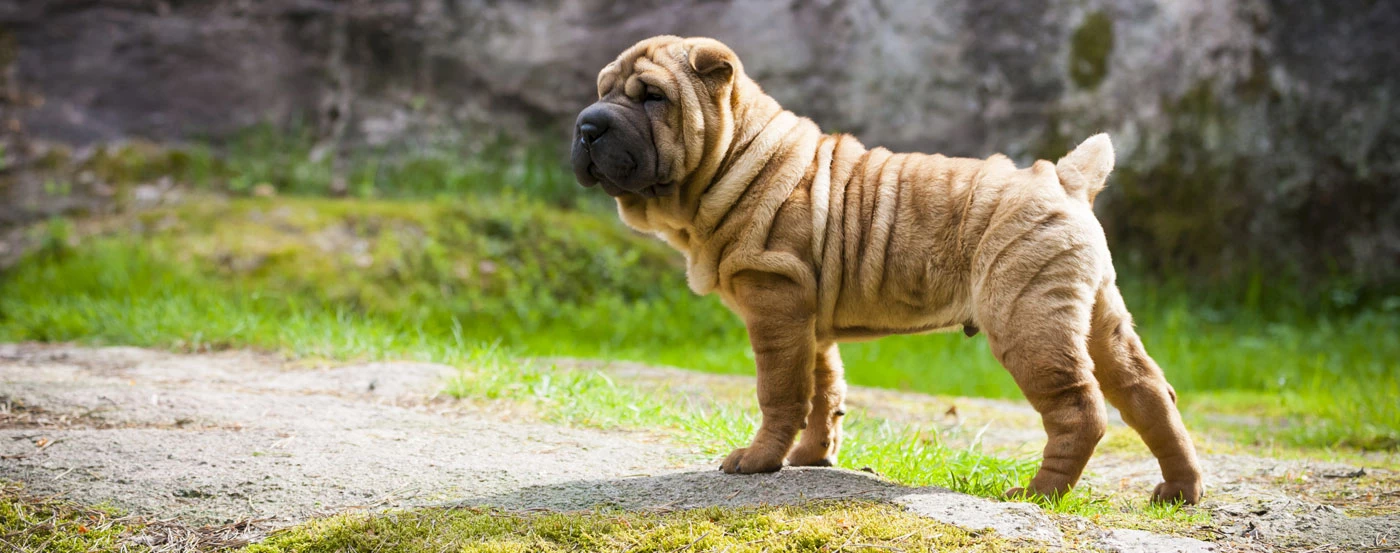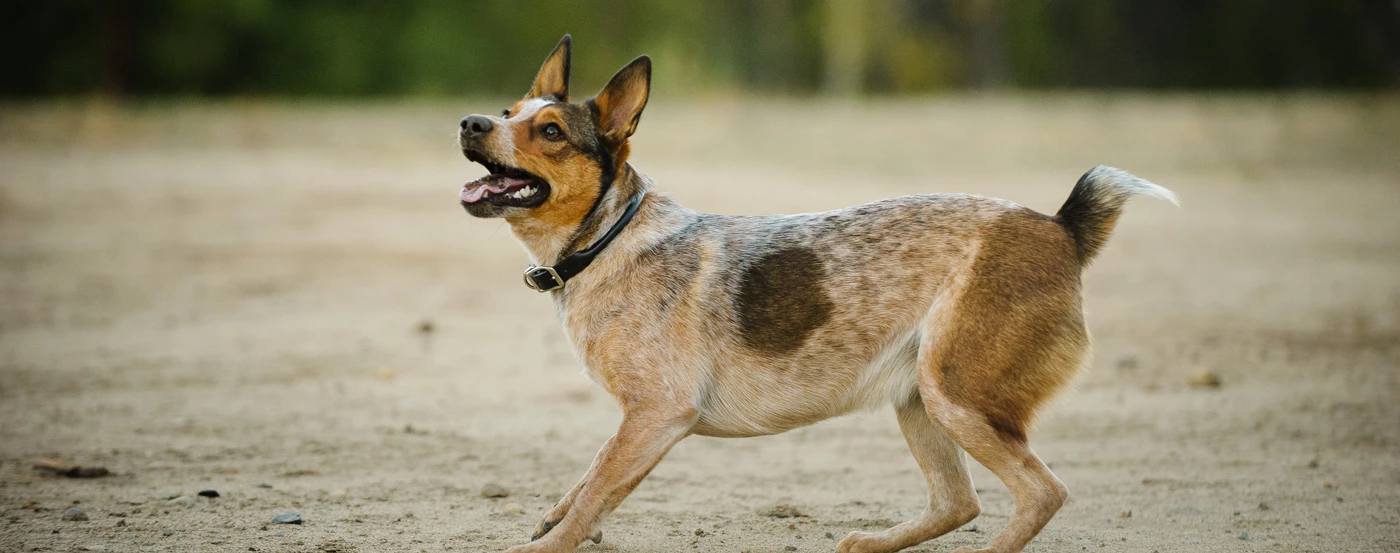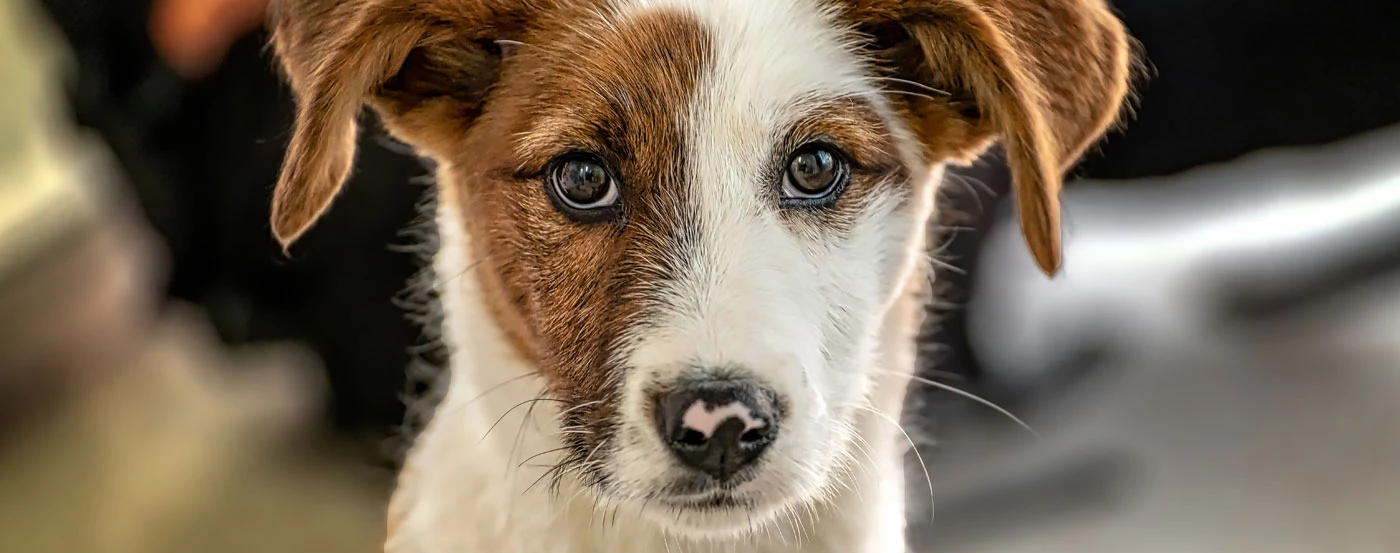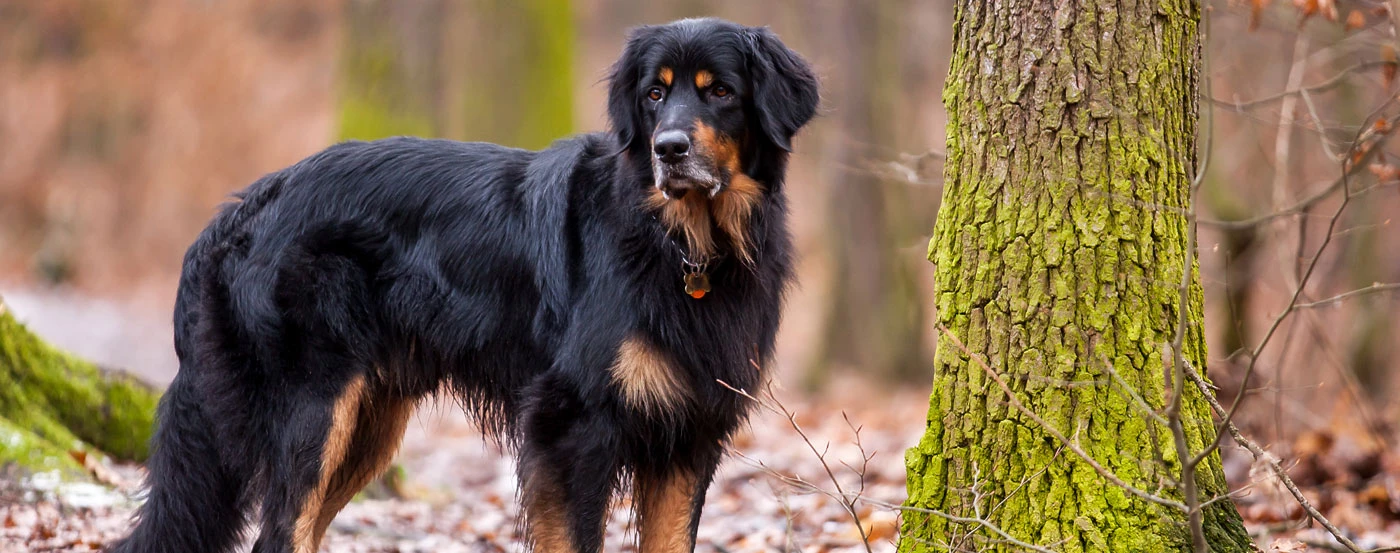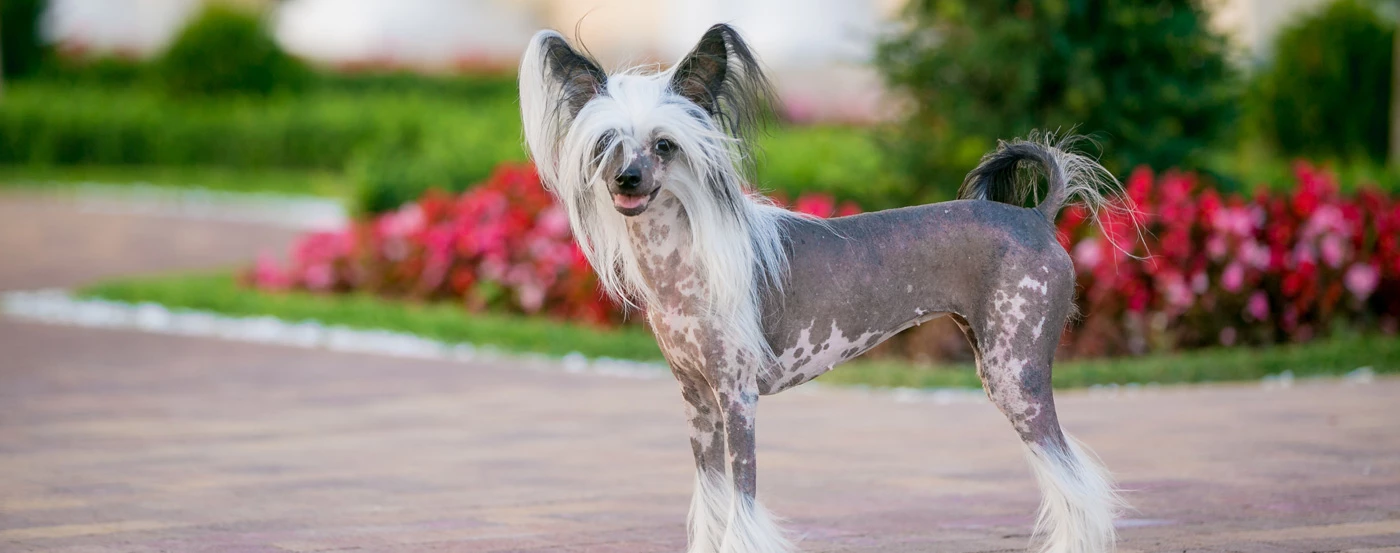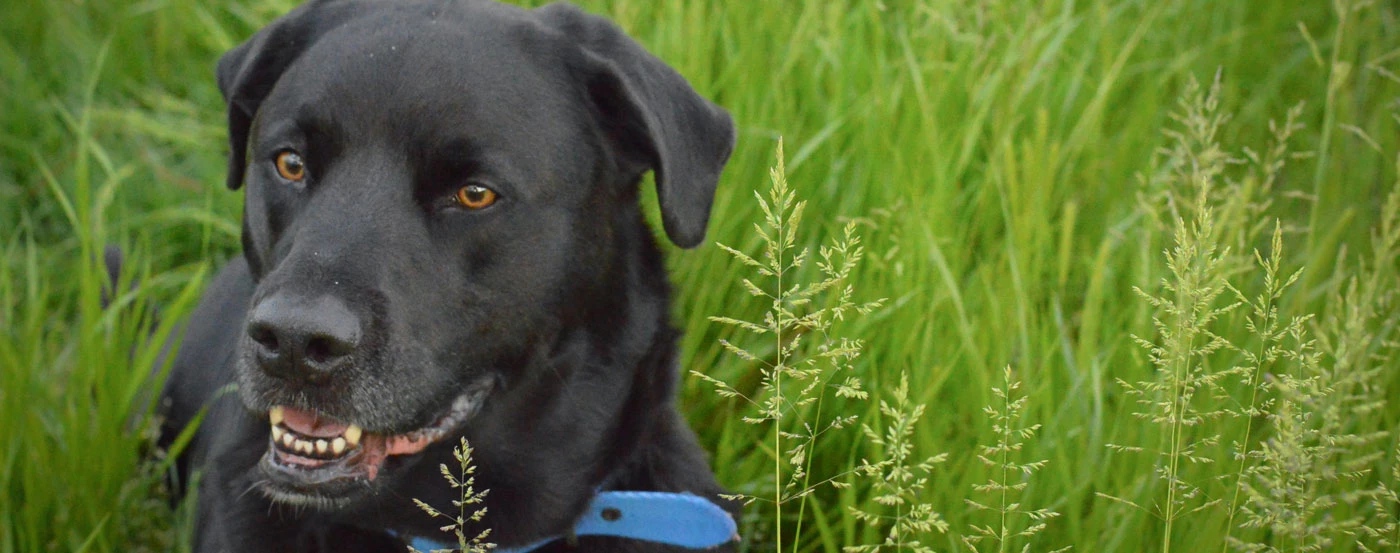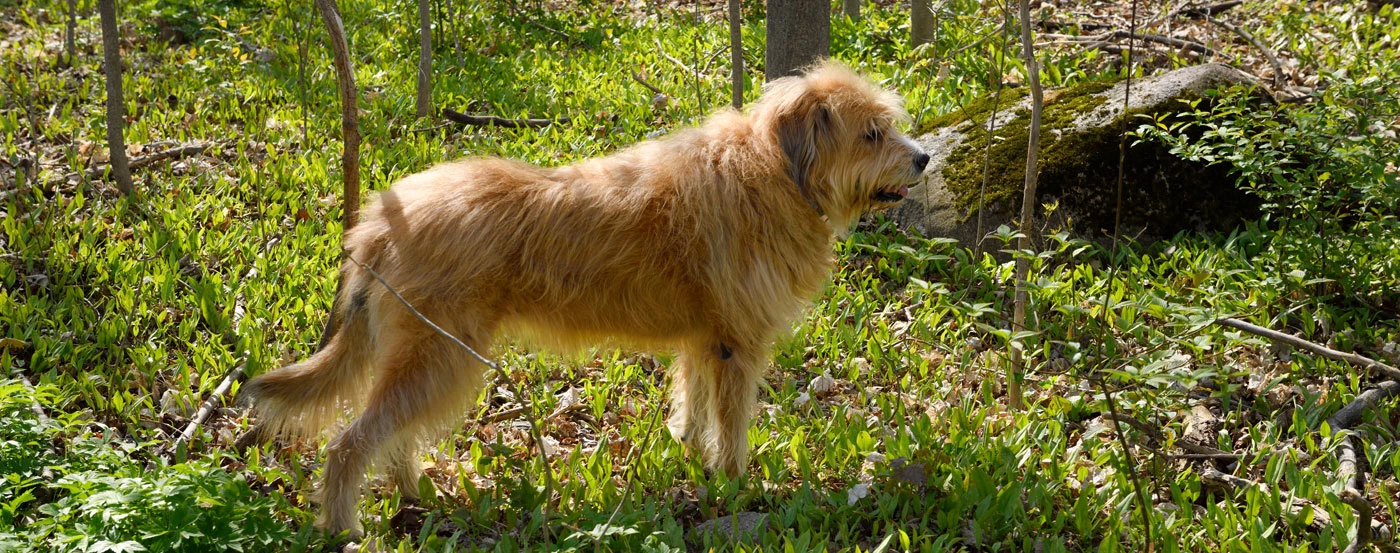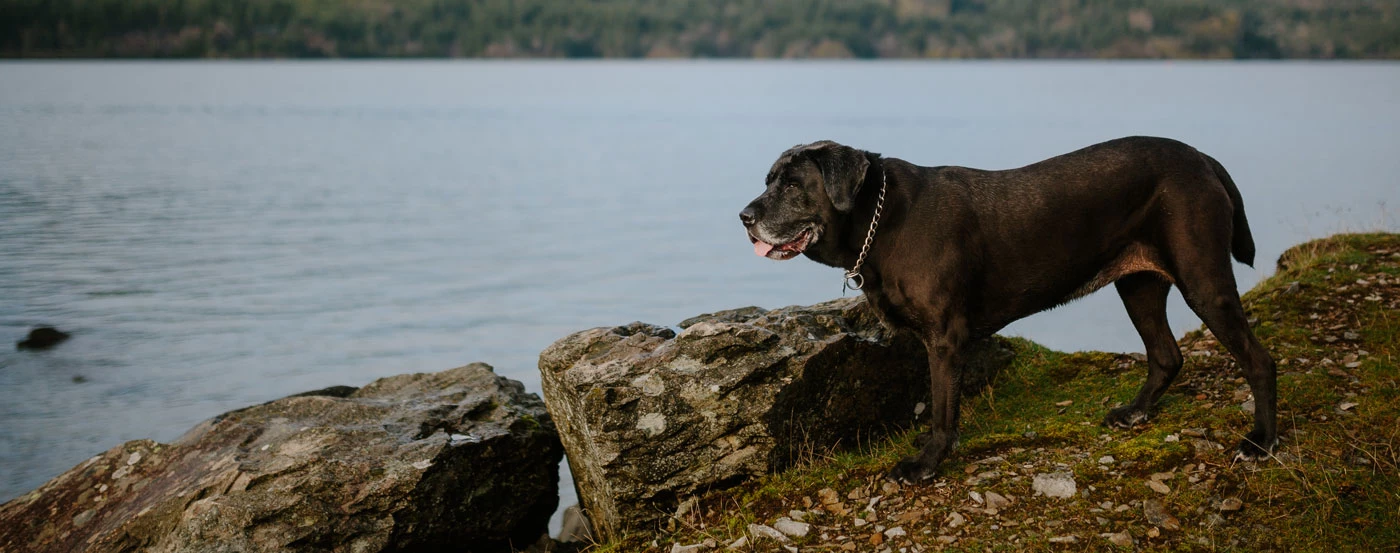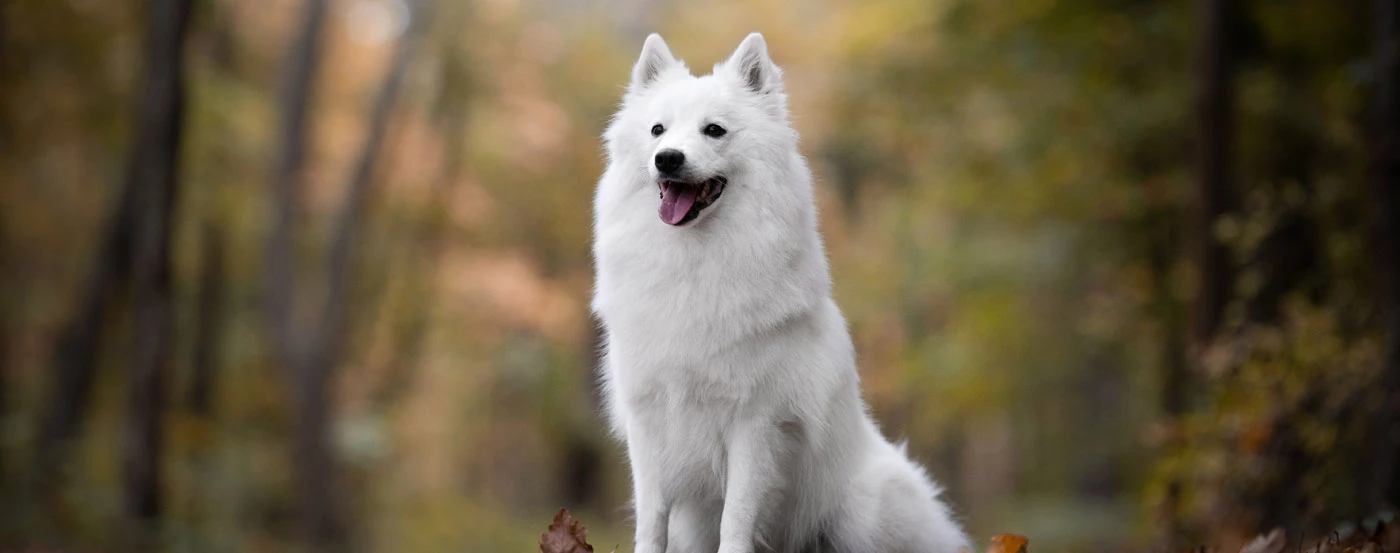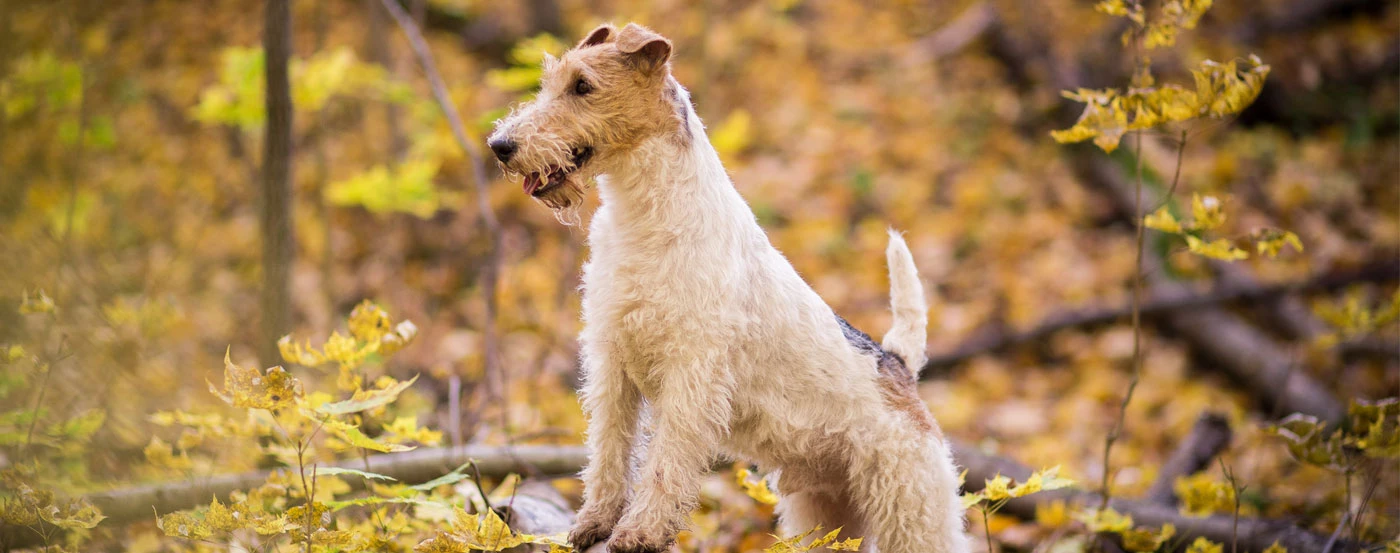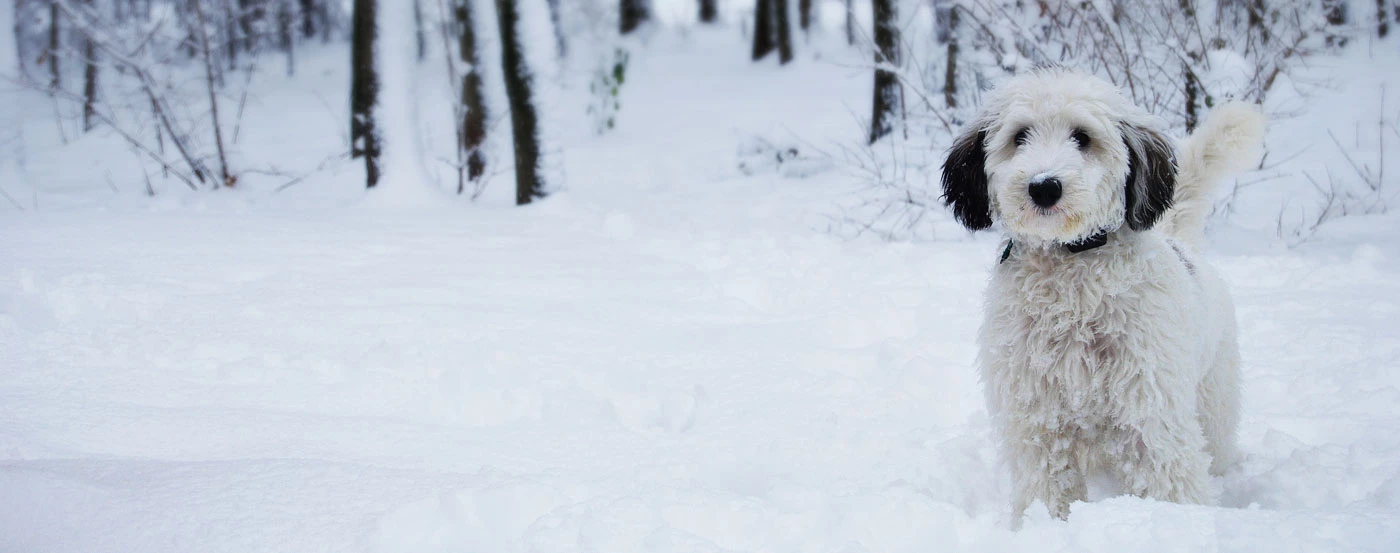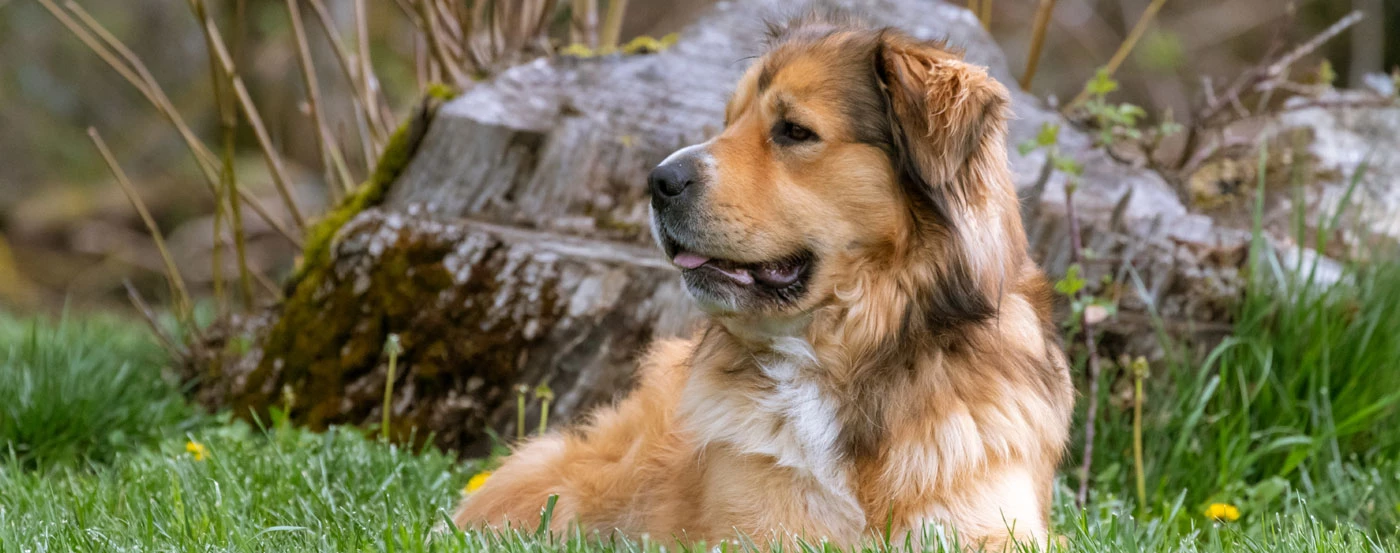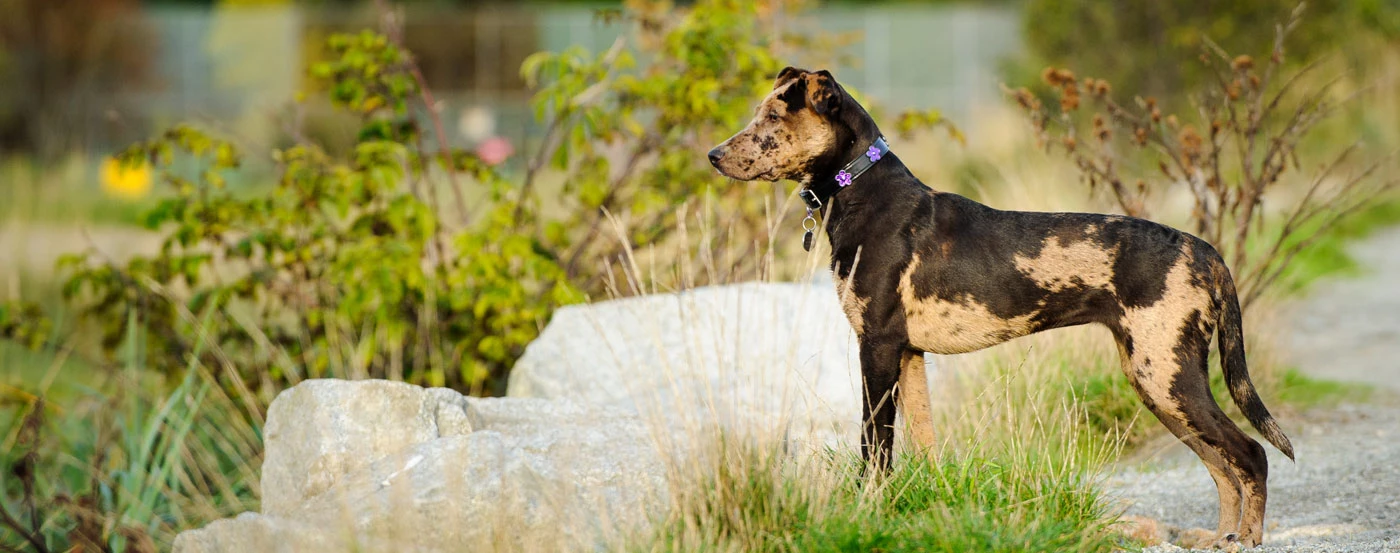About the Belgian Tervuren
Belgian Tervuren dogs love to work, but a loving family can get this pup to channel all its energy into fun, adventure, and play! They make ideal best friends for your kids - raise a child alongside a Belgian Tervuren and they're guaranteed to form a bond like no other.
They can get lost in play, but never lose their protective instinct, and will go to all lengths to keep everyone safe. Highly obedient, intelligent, and eager, Belgian Turverens are a delight to train, and they get great satisfaction out of mastering a new skill.
Tervurens make great family pets for a whole host of reasons - this guide will delve into each of these reasons and may convince you to adopt one today!
Belgian Tervuren Gallery
What is the history & origin of the Belgian Tervuren?
The Belgian Tervuren's name describes exactly where the breed is from the Belgian municipality of Tervuren, located in the Flanders region of the country. The Belgian Tervuren was one of the four Belgian herding breeds that were once considered a standard Belgian Sheepdog. The other three breeds include the Malinois, the Laekenois, and the Groenendael.
Despite the fact these breeds shared the same title, they each had a distinctive trait that made them stand out from one another. Even at this stage, the Belgian Tervuren had its distinctive long fawn-mahogany coat and black mask.
These traits were further emphasised when Tervuren-native M.F. Corbeel started to crossbreed the Tervuren variety of the Sheepdog with other fawn and black dogs. This led to the publishing of the Belgian Shepherd Dog Standard in 1892, where the individual types of Belgian Shepherds were recognised in their own right.
Belgian Tervurens continued to carry out herding duties but also took on several other titles at the turn of the century, including police dogs, guard dogs, service dogs, and search and rescue workers. They also played a role in World War I & II as messengers and red cross workers.
The American Kennel Club officially recognised the Belgian Tervuren in 1959.
Who are Belgian Tervuren dogs best for?
Belgian Tervurens are best suited for those looking to become dog trainers, as they are easy to train and respond well to commands. If you're willing to be patient and carry out exercise routines and dog sports with a highly energetic dog, then a Belgian Tervuren could be for you.
They're eager learners, so would rather obey than disobey your commands if it means learning a new trick.
If you're new to dogs, they may not be a good choice as they demand commitment to training. If you're unwilling to get active with your dog daily, then your Belgian Tervuren may struggle to live comfortably. They require at least 2 walks or play sessions per day, totally to around 1.5-2 hours' worth of activity.
Unlike other herding dogs, they don't mind living in apartments, as long as they get access to a large open space to run around in. They are best suited to homes with a fenced-in garden, where they can roam freely. They often take to chasing people they see outside, so a tall fence would be necessary to keep them from escaping.
How much grooming does a Belgian Tervuren need?
The amount of shedding you'll have to deal with entirely depends on the gender: males only shed heavily once a year, whereas females shed after every heat cycle. During these periods, you'll need to groom your Belgian Tervuren more often than usual.
Generally, they only need to be brushed once per week to remove dead hair, which can be a nice and relaxing bonding experience for you and your dog. During this time, you should also check and clean out their ears if necessary, and trim toenails if they're getting too long.
The dog's tough double coat with a dense undercoat manages to keep dirt build-up to a minimum, so you'll only need to bathe a Belgian Sheepdog when it's necessary (like when they roll through dirt).
Do Belgian Tervuren bark much?
Belgian Tervuren will bark if they feel they've been left alone too long, if it's close to dinner time, or if they're not getting enough exercise. They also may bark at passers-by and strangers they perceive to be intruders. For this reason, they are described to be frequent barkers, which is something to take note of if you live in a residential area.
However, there's always going to be a reason for barking and they won't yap without a good reason.
Do Belgian Tervuren bite?
As always, the best thing to do is to stop playing with a Belgian Tervuren puppy whenever they start to bite. This will hopefully convey to them that biting is wrong. You could also try lightly telling them off whenever they do it, or introduce a command word, such as 'stop', and reward them whenever they respond by not doing it.
On the flip side, you also need to teach kids not to annoy a Belgian Tervuren while they're eating or sleeping, as this could evoke a tendency to bite.
If the dog seems to have a strong tendency to bite unprovoked, you should talk to your vet, who may be able to refer your dog to a behaviourist.
What is the temperament & personality of a Belgian Tervuren?
Like most herding breeds, a Belgian Tervuren still has guard dog instincts and likes to keep a watchful eye over its home and family. It forms a very close bond with their family and can be quite demanding of their time. In return for affection, the Belgian Tervuren offers protection.
They can be particularly suspicious of approaching strangers (particularly if they don't experience much socialisation during puppyhood) and will alert their owners as soon as they clock them by barking.
They love being stimulated with dog sports and puzzle games.
What is the weight & size of a Belgian Tervuren?
This medium adult dog should weigh 20-27 kg for females, and 24-35 kg for males. In terms of height, a female tends to be around 55-60 cm, while a male is around 60-66 cm.
How much training does a Belgian Tervuren need?
Training a Belgian Tervuren really just comes down to gaining the dog's respect. If you give them enough positive reinforcement, they'll begin to trust you and do what they can to please you. They're fond of learning new tricks and definitely feel proud of themselves when they feel they've achieved something.
As long as you stay focused on making training exercises as fun and mentally stimulating as possible for the dog, then training shouldn't be too difficult to do. They can be really fast learners and sometimes feel one step ahead of you.
In terms of socialisation, early interactions with as many other dogs and humans are great for these Belgian Sheepdogs, as it teaches them social skills for later life. Whether or not they get on with other dogs really depends on them and what mood their in, but attending a puppy nursery could at least stamp out anxieties they may feel around new people.
What are some of the most common health issues for a Belgian Tervuren?
Belgian Tervuren dogs can suffer from several health issues common to Belgian shepherd breeds, including hip and elbow dysplasia as well as thyroid issues. They may also be prone to eye disorders, like Progressive Retinal Atrophy (PRA) and epilepsy.
As for all dog breeds, it's important to get checked by vets regularly to prevent early signs of these issues from developing.
What is the lifespan of a Belgian Tervuren?
The life span of a Belgian Tervuren is 12-14 years, being a relatively healthy breed.
How much should you feed a Belgian Tervuren?
A Belgian Tervuren should be fed between 360g - 640g of high-quality dry dog food per day, split over two meals.
What is the price of a Belgian Tervuren in Australia?
Belgian Tervurens are a rare dog breed and can cost upwards of $4,500 in Australia.
Pros
- Highly intelligent
- Adaptable to hot/cold weather
- Excellent watchdog abilities
Cons
- High tendency to wander
- Need lots of exercise
- Suffers separation anxiety
